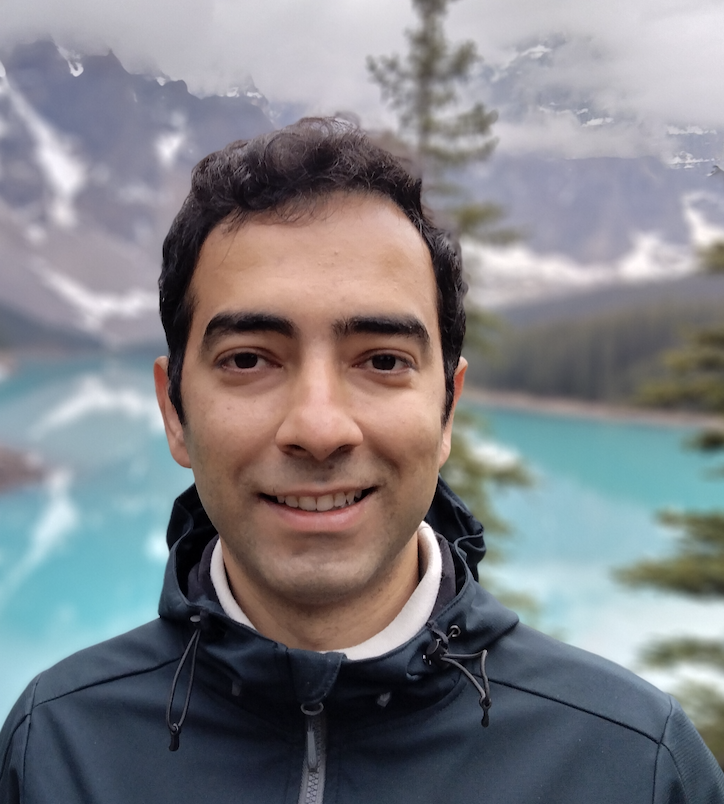\[\newcommand{\rv}[1]{\mathbf{#1}} \newcommand{\x}{\rv x} \newcommand{\y}{\rv y} \newcommand{\bar}[1]{\overline{#1}} \newcommand{\wtil}[1]{\widetilde{#1}} \newcommand{\what}[1]{\widehat{#1}} \newcommand{\ep}{\varepsilon} \newcommand{\ph}{\varphi} \newcommand{\maps}{\colon} \newcommand{\to}{\rightarrow} \newcommand{\xraw}{\xrightarrow} \newcommand{\darr}{\downarrow} \newcommand{\To}{\Rightarrow} \renewcommand{\dot}{\centerdot} \renewcommand{\tensor}{\otimes} \newcommand{\pr}{^\prime} \newcommand{\op}[1]{#1^{\mathrm{op}}} \newcommand{\hom}{\textit{Hom}} \newcommand{\oo}{\circ} \newcommand{\lang}{\langle} \newcommand{\rang}{\rangle} \newcommand{\str}[1]{#1^{*}} \newcommand{\intvl}{\mathbb{I}} \newcommand{\yon}{\mathcal{Y}} \newcommand{\topos}{\mathfrak{Top}} \newcommand{\bTopos}{\mathfrak{BTop}} \newcommand{\BTop}{\mathfrak{BTop}} \newcommand{\con}{\mathfrak{Con}} \newcommand{\pos}{\mathfrak{Poset}} \newcommand{\topl}{\mathbb{Top}} \newcommand{\grpd}{\mathbb{Grpd}} \newcommand{\ab}{\mathbf{Ab}} \newcommand{\thT}{\mathbb{T}} \newcommand{\mod}{\mathbf{Mod}} \newcommand{\th}{\mathbf{Th}} \newcommand{\cl}{\mathbf{Cl}} \newcommand{\ob}{\mathbf{Ob}} \newcommand{\aut}{\mathbf{Aut}} \newcommand{\bun}{\mathbf{Bun}} \newcommand{\geom}{\mathbf{Geom}} \def\catg{\mathop{\mathcal{C}\! {\it at}}\nolimits} \def\Cat{\mathop{\mathfrak{Cat}}} \def\Con{\mathop{\mathfrak{Con}}} \def\CAT{\mathop{\mathbf{2} \mathfrak{Cat}}} \def\Cat{\mathop{\mathfrak{Cat}}} \newcommand{\Topos}{\mathfrak{Top}} \newcommand{\ETopos}{\mathcal{E}\mathfrak{Top}} \newcommand{\BTopos}{\mathcal{B}\mathfrak{Top}} \newcommand{\GTopos}{\mathcal{G}\mathfrak{Top}} \newcommand{\Psh}{\textit{Psh}} \newcommand{\Sh}{\textit{Sh}} \newcommand{\psh}[1]{\textit{Psh}(\cat{#1})} \newcommand{\sh}[1]{\textit{Sh}(\cat{#1})} \newcommand{\Id}{\operatorname{Id}} \newcommand{\Ho}{\operatorname{Ho}} \newcommand{\ad}{\operatorname{ad}} \newcommand{\Adj}{\operatorname{Adj}} \newcommand{\Sym}{\operatorname{Sym}} \newcommand{\Set}{\operatorname{Set}} \newcommand{\Pull}{\operatorname{Pull}} \newcommand{\Push}{\operatorname{Push}} \newcommand{\dom}{\operatorname{dom}} \newcommand{\cod}{\operatorname{cod}} \newcommand{\fun}{\operatorname{Fun}} \newcommand{\colim}{\operatorname{Colim}} \newcommand{\cat}[1]{\mathcal{#1}} \newcommand{\scr}[1]{\mathscr{#1}} \newcommand{\frk}[1]{\mathfrak{#1}} \newcommand{\bb}[1]{\mathbb{#1}} \newcommand{\CS}{\mathcal{S}} \newcommand{\CE}{\mathcal{E}} \newcommand{\CF}{\mathcal{F}}\]Introduction:
This is the second part of the essay Reflections on mathematical understanding and categorical structuralism
. In this part, I am going to focus on the parallels between certain developments in the period 1900-1940 concerning structural understanding of notion of geometry, particularly on Cassirer’s contribution, and the modern unfolding of the highly structured notions of space under the broader theme of homotopification in the current mathematical practice. On the way, I will state potential connections between the background of Cassirer’s time and the recent seeking of conceptual and logical foundations of mathematical structuralism, which are worthy of further investigation.
To Read More:
Reflections on mathematical understanding and categorical structuralism: Part II
